From wacky cake to slugburger: fabulous foods born from hardship
From frugal to favourite
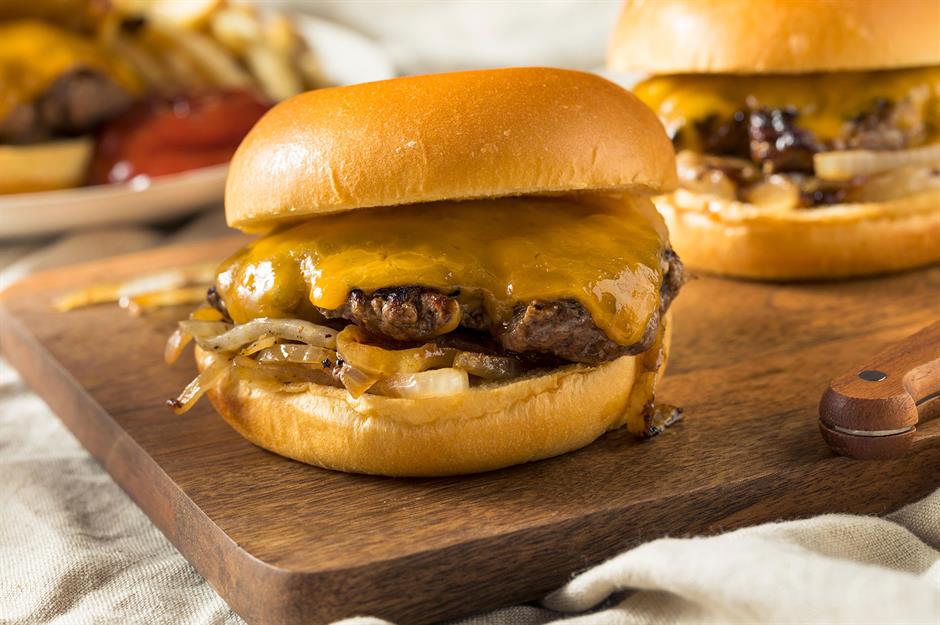
Some of the most delicious recipes were invented out of necessity. When faced with a lack of certain ingredients, creative bakers scraped together whatever was in their larder so they could still put bread – or cake – on the table. Resourceful wartime cooks used both their rations and imaginations to come up with delicious meals, making each scrap of food stretch as far as possible. Here are some of the best dishes that were born from hardship and are now firm favourites.
Click or scroll through our gallery to discover the fabulous foods created in hard times – counting down to our favourite of all.
We've based our ranking on the enduring popularity of each dish, and on the opinions of our well-travelled (and well-fed) team. This list is unavoidably subjective.
33. Egg drop soup
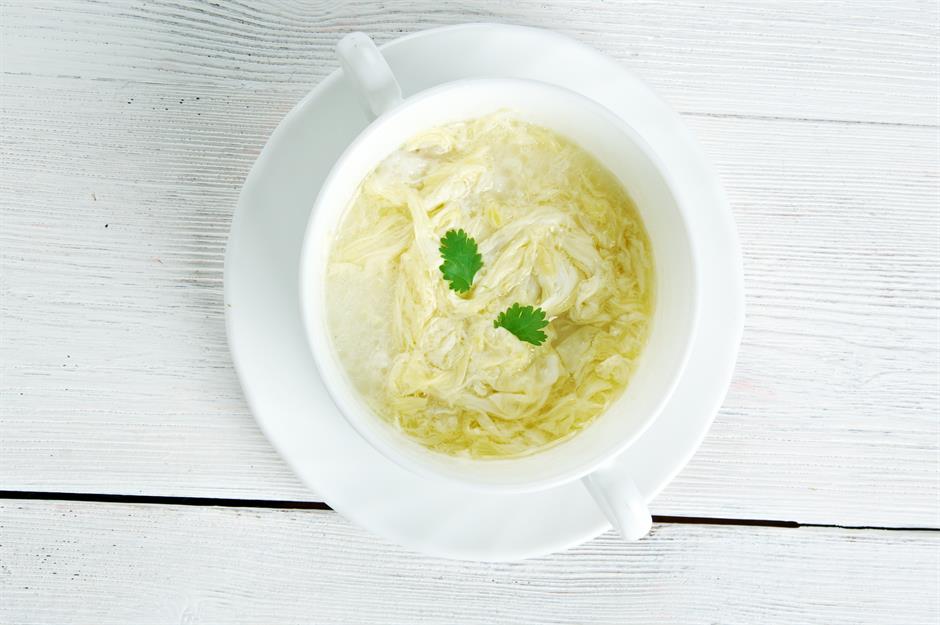
Eggs became a valuable source of protein in 1930s America when meat was too expensive for many families. Egg drop soup, a simple take on a Chinese recipe, sounds quite fancy but was actually simple and relatively inexpensive, making it popular in homes and soup kitchens during the Great Depression. Its base is potato and onion, browned to add flavour, to which seasoning and water are added for a simple broth. Eggs are added, once the potatoes are nice and mushy, and scrambled to add texture. Still delicious and satisfying today.
32. Livermush
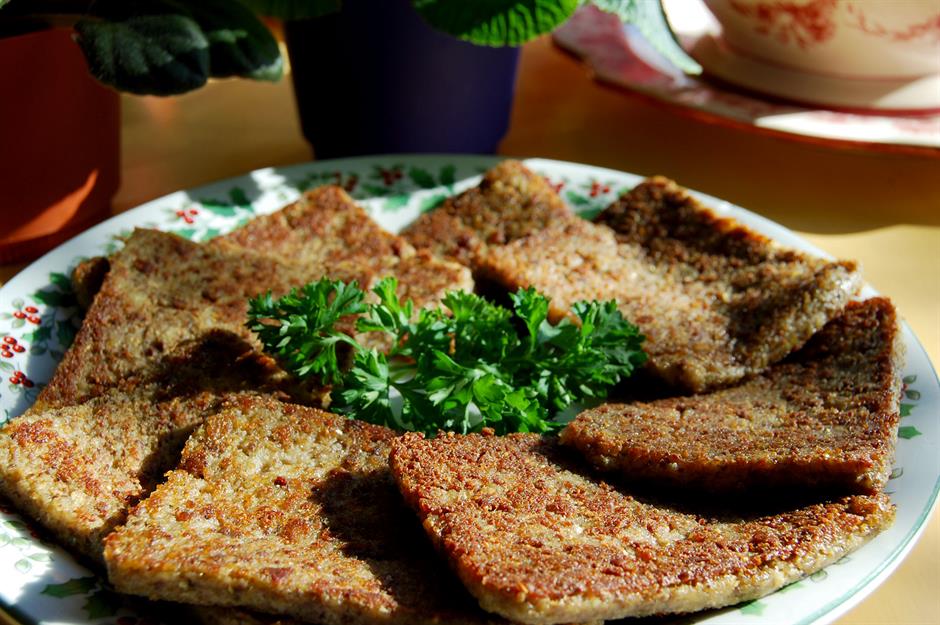
Livermush has an apt name because it is essentially pig's liver, snouts and ears, cornmeal and spices all mushed together. It's a dish that's become deeply ingrained in North Carolinian culture, and you'll normally find it fried and served on the side at breakfast or popped cold between slices of bread. Historians believe it likely came from German settlers who travelled through the Appalachians in the 1700s. During the Great Depression, livermush was also called 'poor man's pâté' and replaced harder-to-afford meat.
31. Funeral potatoes
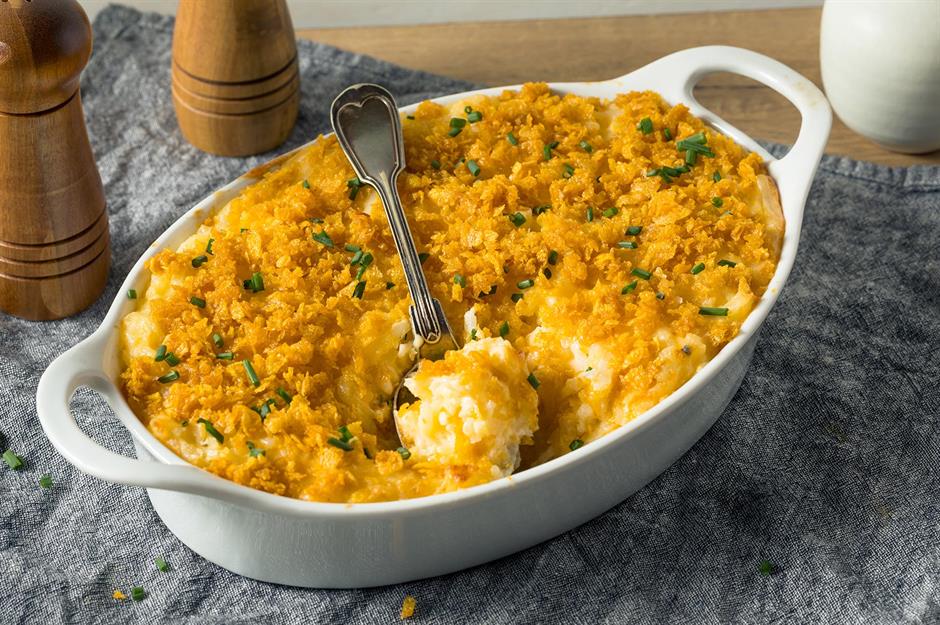
Funeral potatoes is a casserole-style dish born in the Mormon communities of Utah and traditionally made by Mormon women to serve grieving families after a funeral. It has all the ingredients you need for comfort: potatoes, soup, sour cream, butter and cheese, topped with crunchy corn flakes. These ingredients were also ideal during World War II because they were long-lasting and more readily available, particularly as Mormons were encouraged to have large, full pantries at all times.
30. The poor man’s meal
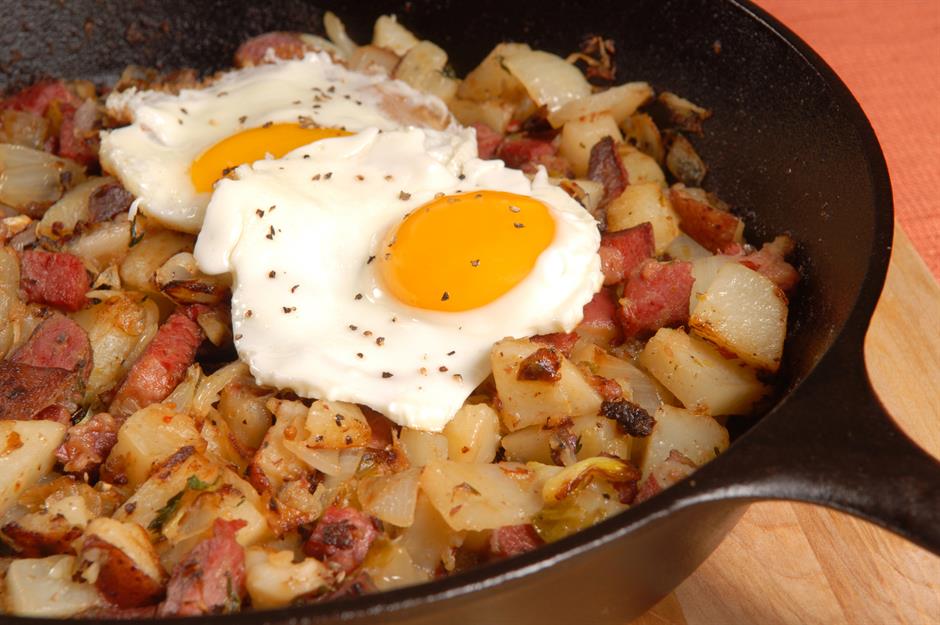
Hot dogs and potatoes were relatively plentiful during the Great Depression and have a decent shelf-life. That's why they became staples of many dishes born of desperation across the USA. The poor man’s meal was a basic yet tasty and satisfying combination of fried potato and onion topped with sliced hot dogs – a little like breakfast hashes, which are still eaten (and craved) today.
29. Hoover stew
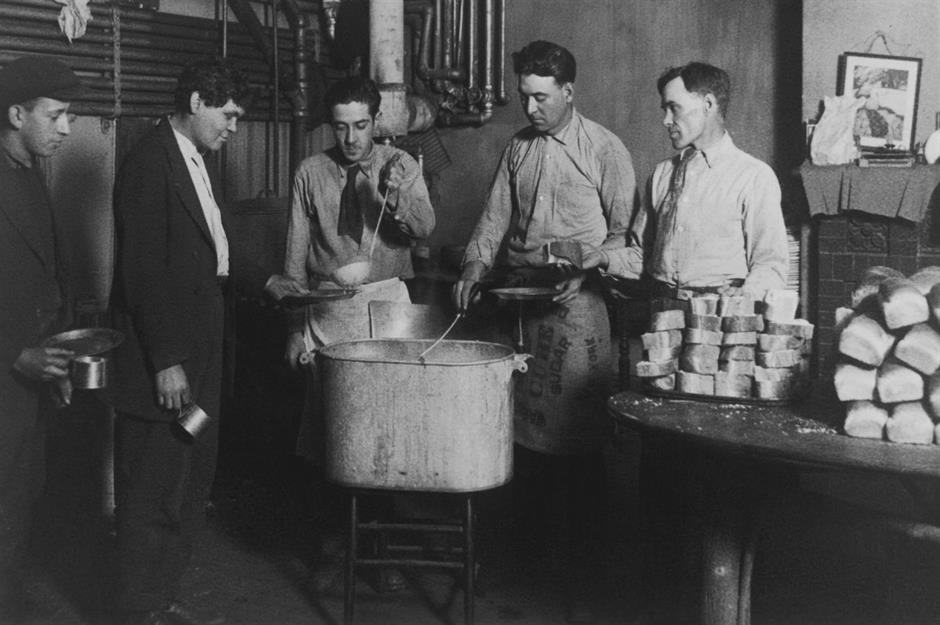
A combination of elbow macaroni, tinned tomatoes, sweetcorn, beans and chopped hot dogs, Hoover stew emerged in the USA during the Great Depression of the 1930s. It was often served in soup kitchens in ‘Hoovervilles’ – shantytowns built by displaced people and named after then-president Herbert Hoover. This ramshackle concoction still has a strangely comforting appeal, especially if you happen to be feeling poorly.
28. Cape Cod turkey
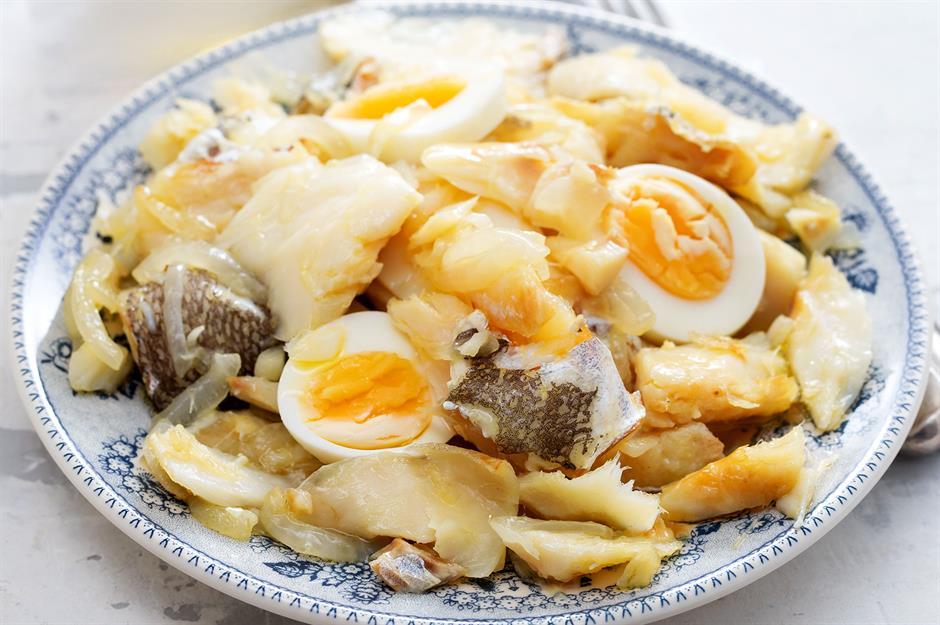
The name is definitely not a giveaway. Cape Cod turkey does not contain so much as a turkey thigh or a scrap of poultry meat. It’s actually salt cod served in a creamy sauce, topped with boiled eggs and potatoes. It isn’t known for sure where the name came from, though a popular theory is that it was served at Thanksgiving when early New England settlers had little available but fish.
27. Wacky cake
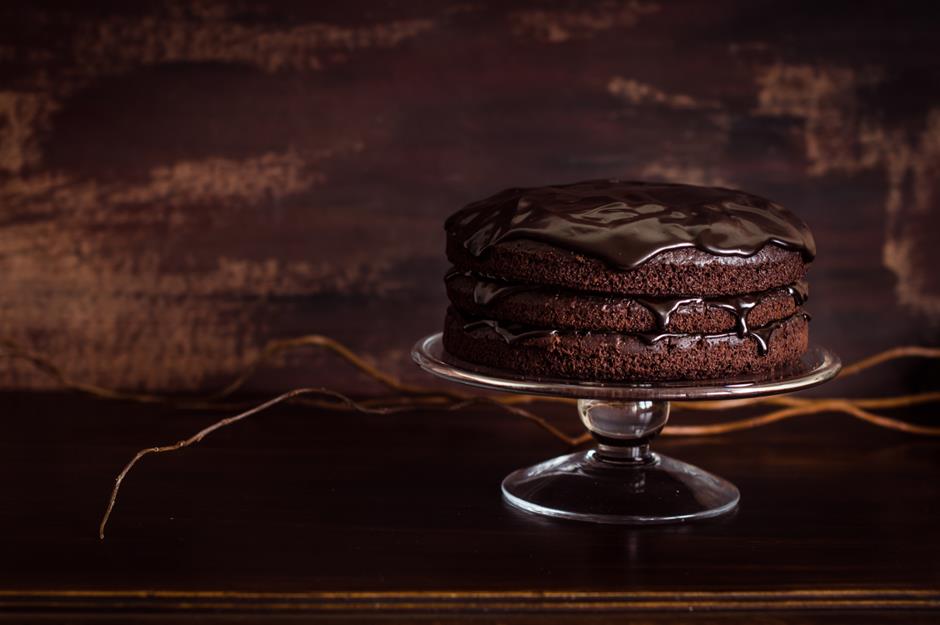
Also known, less breezily, as a ‘chocolate Depression cake’, the wacky cake rose from a complete absence of essential baking ingredients, including butter and eggs. Yet this creative solution somehow works. The dry ingredients (flour, sugar, baking soda and, if available, cocoa powder) are combined in the tin, then vegetable oil and vinegar are poured into wells. The baking soda and vinegar ‘meet’ while in the oven, helping it to rise beautifully. Now, as vegan recipes become more prevalent, this cake doesn’t seem quite so wacky after all.
26. City chicken
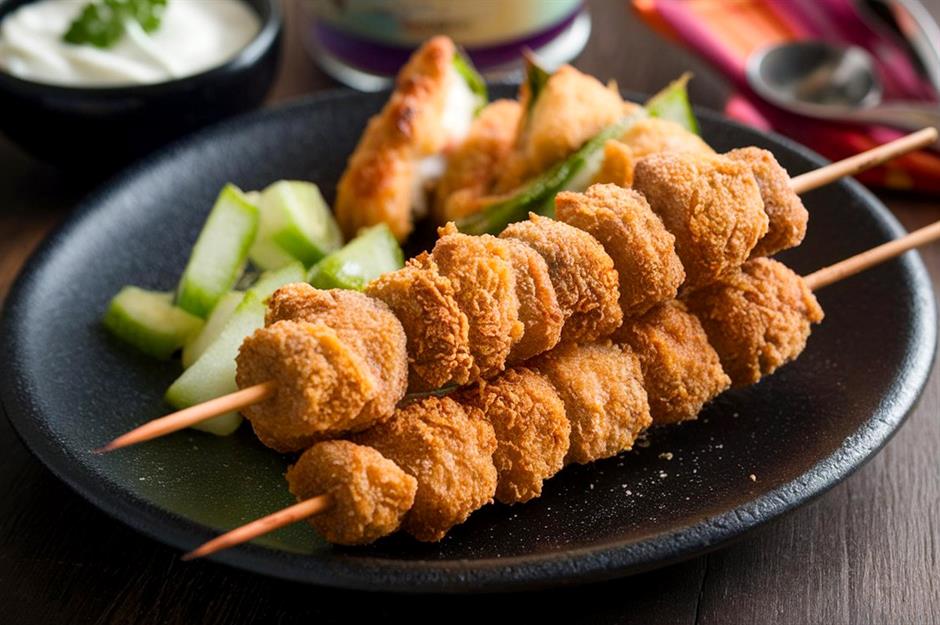
Chicken was much more expensive in the early years of the 20th century and was often seen as a more luxurious meat. So it's perhaps not surprising that city chicken, popular with urban workers in cities such as Cincinnati, Cleveland, Pittsburgh and Louisville, contains no chicken at all. Cubes of pork (or sometimes veal) were skewered, then fried or baked to make this super snack. It fell out of favour, of course, when chicken became more widely available.
25. Peanut butter and mayo sandwich
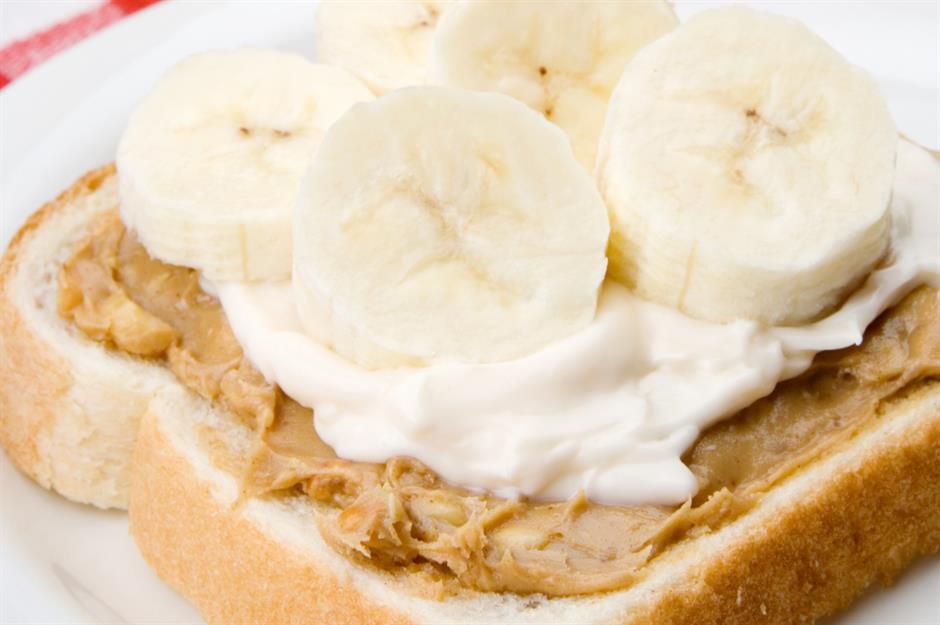
It’s debatable whether this is a fabulous food but, when you think about it, peanut butter isn’t technically a sweet item – so why not slather some creamy mayo on top? This sandwich became an easy, inexpensive and high-protein snack in the 1930s and during wartime. It was also promoted in a joint ad campaign by Hellmann’s Mayonnaise and Skippy Peanut Butter in the 1960s.
24. Kartoshka
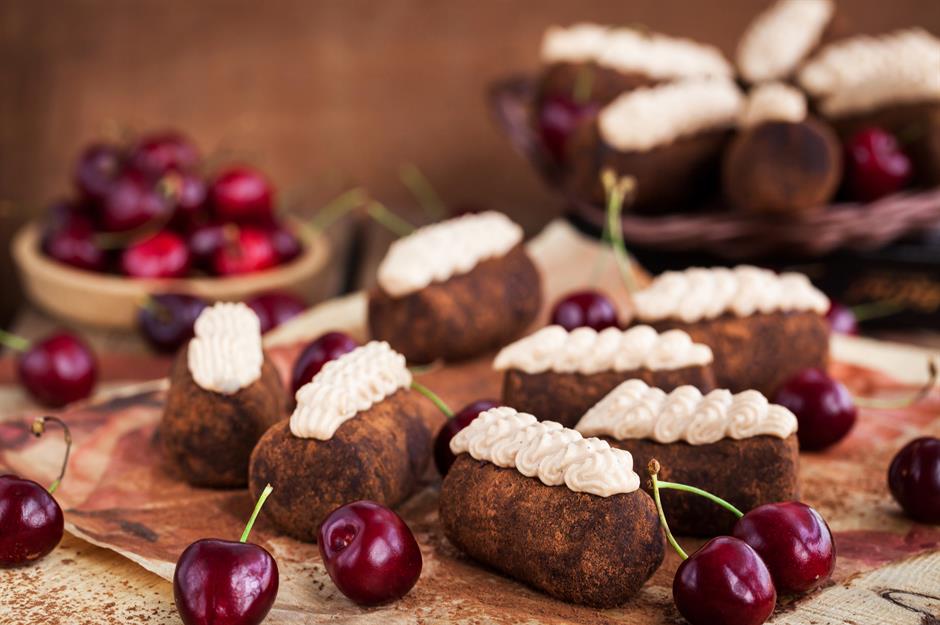
Known, charmingly, as cookie-crumb potatoes, kartoshka don’t actually contain any potatoes at all. In Soviet Russia, industrial kitchens and canteens had to account for every scrap of food and no crumb went to waste. Instead, those crumbs were used in new creations such as these sweet, potato-shaped truffles made with biscuit or cake crumbs bound with butter, condensed milk and cocoa powder.
23. Oxford potato soup

Soup is one of the best vehicles for using up pretty much anything and everything – a fact that didn’t escape the British Ministry of Food during World War II. This simple but tasty recipe was part of a campaign to push non-rationed foods and featured in a recipe leaflet by 'Potato Pete’. The smooth, creamy soup is made with potatoes (of course), leeks, celery and onion, blended and jazzed up with chopped herbs. And it’s basically a warm, comforting hug in a bowl.
22. Meat and potato patties

These fat, juicy discs became popular in the US during World War II. The rationing of meat meant people were always looking for ways to make it go further. For these patties, ground meat (usually beef, but really whatever was available) was mixed with potato, chopped onions and other veg when possible.
21. Anthill cake
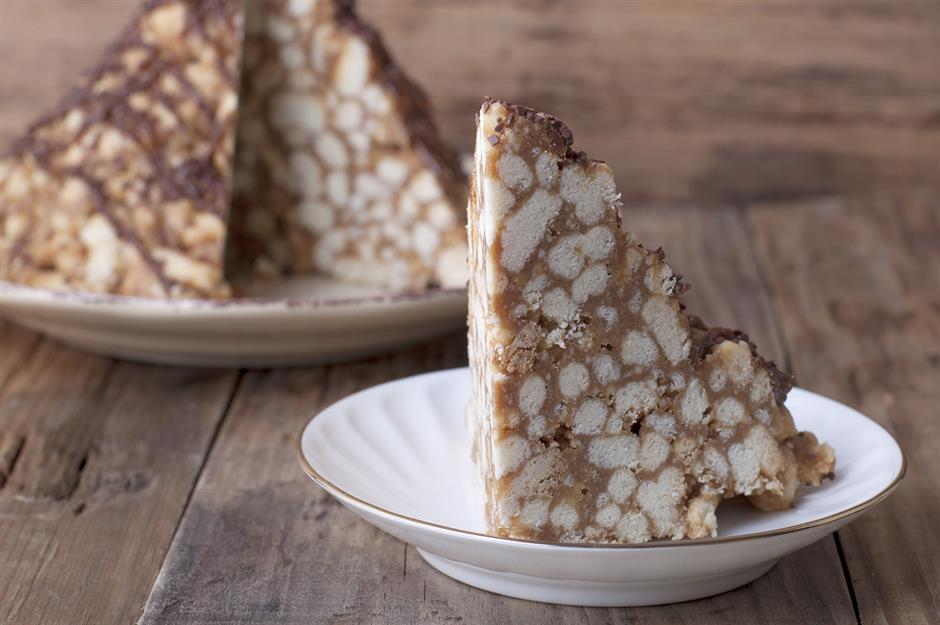
So many brilliant recipes are the product of people rummaging around in their cupboards, especially when it comes to sweet treats. Anthill cake, popular during the Soviet era, is a prime example. It basically involved throwing together bread, pastry, biscuits, cake – whatever needed using up – crumbling and binding with butter, sour cream and condensed milk. Its name (muraveinik in Russian) comes from its resemblance to a small hill.
20. Lord Woolton pie
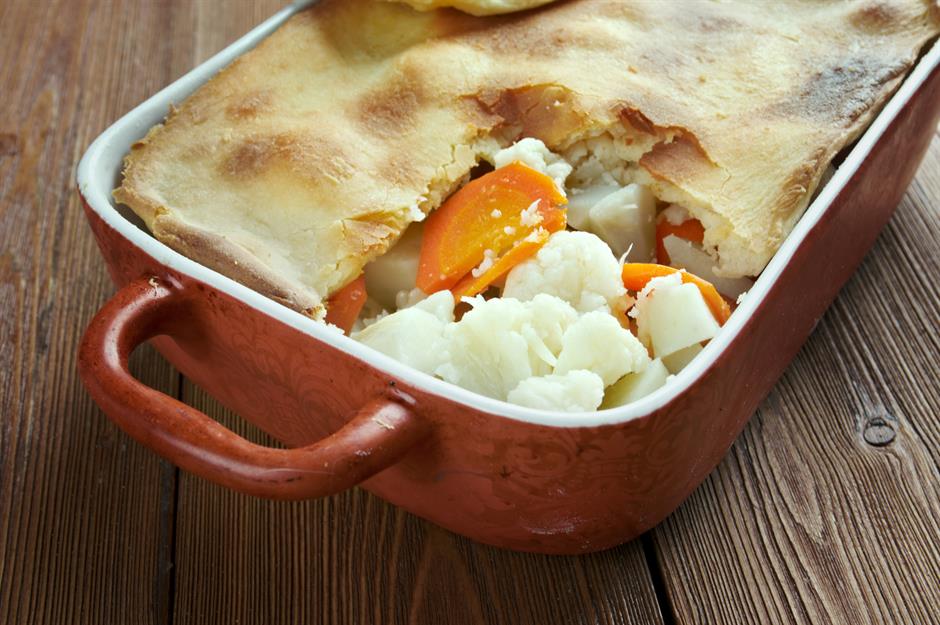
Often known simply as Woolton pie (after the British Minister for Food) Lord Woolton pie was one of many simple, tasty, carb-heavy dishes to come out of World War II. With meat scarce, the pie crust instead became a vehicle for lots of vegetables, with oatmeal to bulk it out. Back then, it was typically made with non-rationed root veg – potatoes, turnips, carrots and swede – that were relatively easy to come by. It became such an icon of wartime sustenance that it was referred to as a 'weapon of mass nutrition' against the Nazis.
19. Salt-rising bread
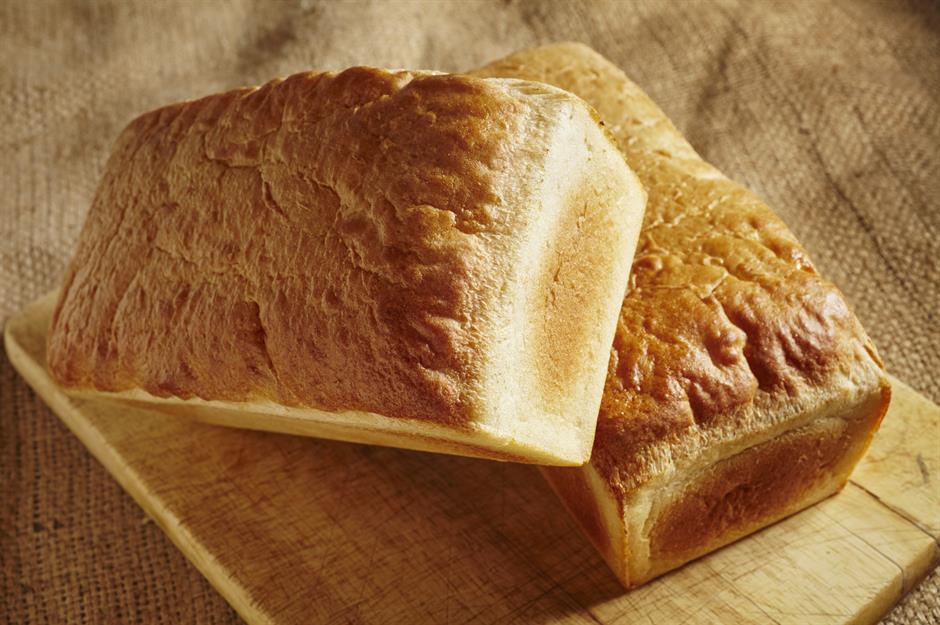
This recipe, made by 19th-century settlers in the Appalachian Mountains, is a clever way to make bread if you don’t have any yeast. It’s a starter that makes it rise, in this case made by cultivating bacteria by mixing boiled milk, cornmeal, a sliced potato, sugar and salt and leaving it out overnight. It isn’t as trendy as sourdough, though James Beard – who inspired the famous US food awards – was a fan, including it in his 1973 cookbook Beard on Bread.
18. Mock goose

Also known as savoury goose, this English dish is referenced in the 1747 cooking tome The Art of Cookery, Made Plain and Easy by Hannah Glasse. It was usually a pork knuckle stuffed with onion and sage and served with gravy and apple sauce. The recipe was especially popular during World Wars I and II, when it became a festive substitute for goose or duck. Sometimes there was no meat involved whatsoever, and it was more like a lentil bake – very much in keeping with the frugal, ‘make do and mend’ wartime spirit.
17. Gooey butter cake
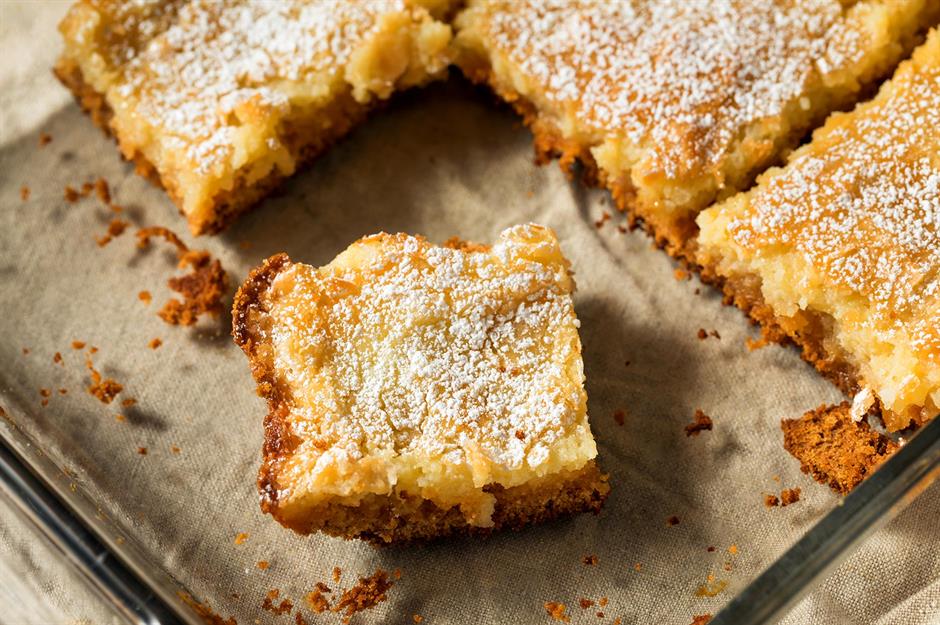
Gooey butter cake would have been consigned to the bin had it not been created during the 1930s. The story goes that a baker in St. Louis, Missouri messed up a sponge cake by adding the wrong quantity of ingredients. Instead of throwing the resulting dish away (this was the Great Depression, after all), he sold the cake anyway – and found he had a hit on his hands. This sponge cake–brownie hybrid is a good dish to make at home, though people will tell you the best versions are still sold in St. Louis.
16. Potato and hot dog salad
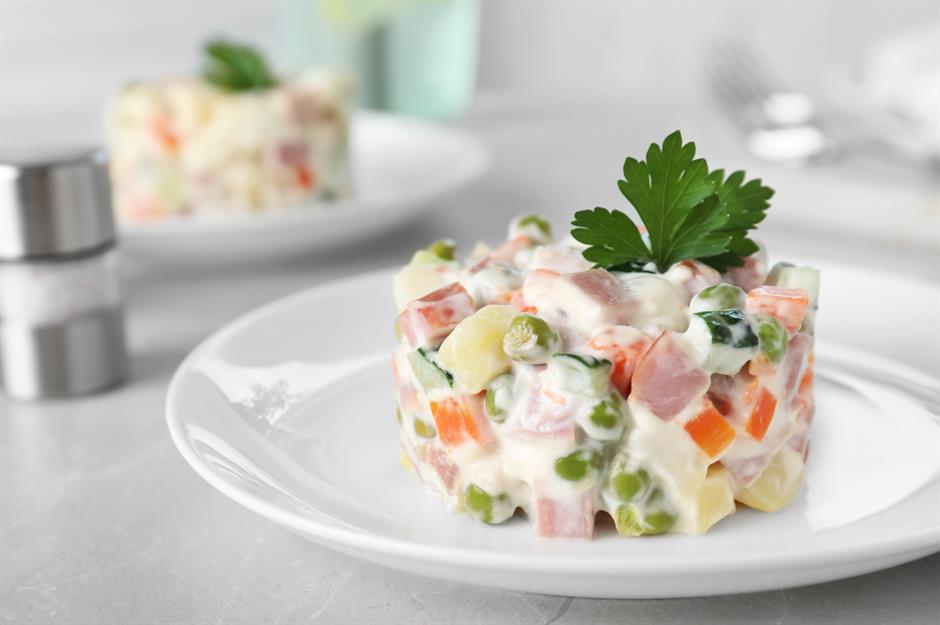
This ‘salad’ of potatoes and chopped up hot dogs (plus anything else) was a hit in the 1940s. Convenience foods, like tinned hot dogs, were more readily available and, with many women working during wartime, quick, protein-packed meals that could be thrown together in minutes were understandably popular.
15. Frozen fruit salad
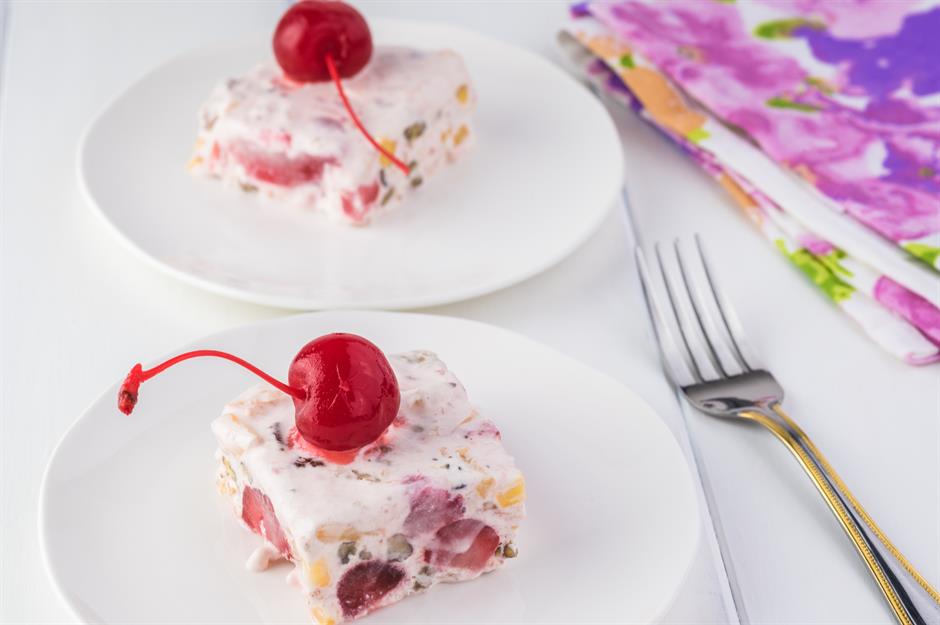
This dessert has a touch of retro-cool about it, yet it became popular as a rare treat during the Great Depression, when people had to make use of the cheapest and most long-lasting ingredients. A true pantry concoction, it’s made by mixing tins of fruit cocktail with honey, egg yolks, and cream – the mix is then set in the freezer and served in snowy-white, frozen slices.
14. Spaghetti casserole
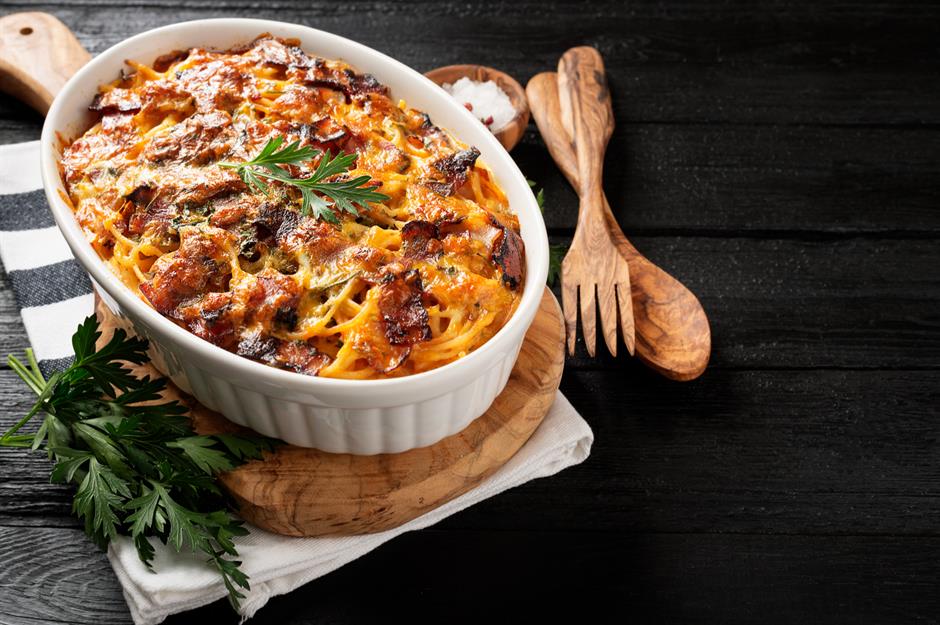
Pasta bakes are pretty standard nowadays, but they were novel in 1950s America when magazines and adverts shared recipes for simple, quick suppers making use of convenience and tinned foods. Spaghetti casserole became a mainstay for time-poor cooks, making use of budget store cupboard ingredients and leftovers, from tomato soup to veg.
13. Desperation pies
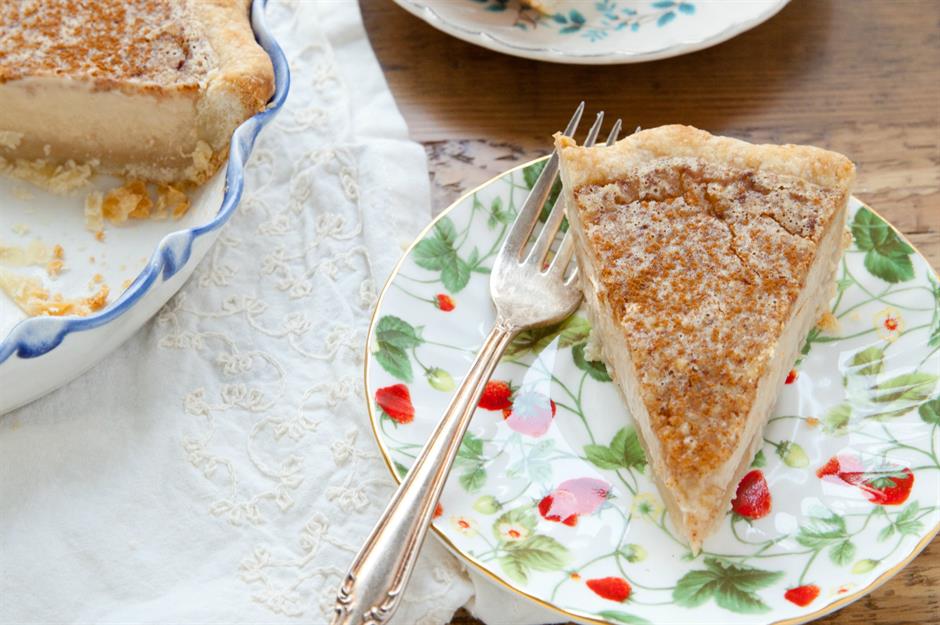
More delicious and a little less dreary than they sound, desperation pies were popular among Indiana’s Amish and Shaker communities in the early 19th century. The category encompassed any sweet pie that could be made from larder ingredients when fresh, seasonal produce was scant. Sugar cream pie – or Hoosier cream pie – is a classic, made with sugar, milk (or evaporated milk), vanilla, nutmeg and flour.
12. Plum Charlotte

The ‘Charlotte’ pudding – made in a ring mould lined with bread and filled with apples – dates back to the 17th century, but this frugal fruity sponge was a wartime hero in 1940s Britain. It fulfilled its patriotic duty simply by using up ingredients that were plentiful and might otherwise end up in the bin, namely old fruit and stale bread.
11. Budae jjigae
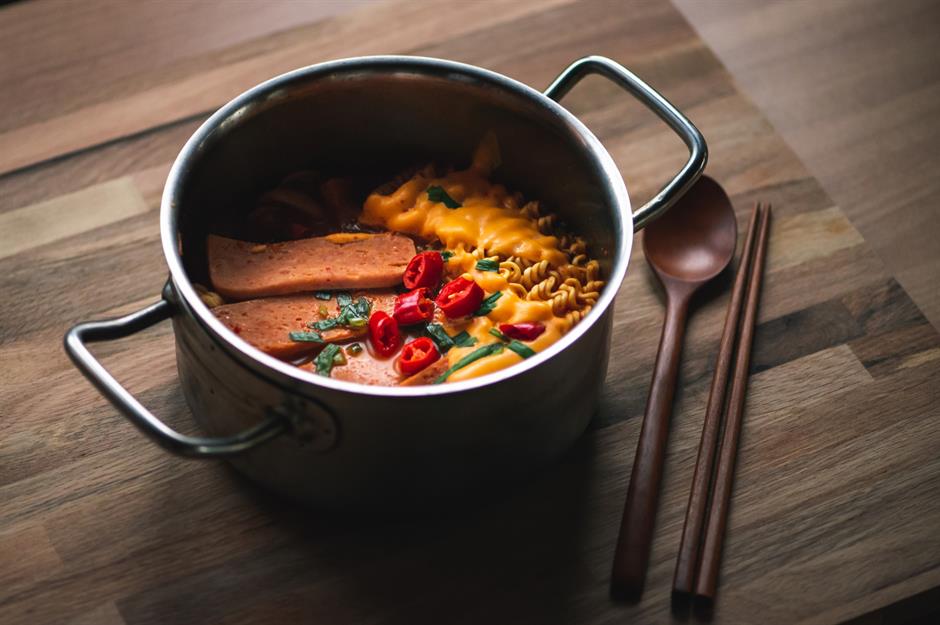
Also known as army stew, budae jjigae was created around the end of the Korean War using leftover food purchased by South Koreans from US army mess halls. That food, which would have otherwise been thrown out, consisted mostly of tinned ingredients such as hot dogs, SPAM and beans, plus processed cheese. Combined with kimchi, garlic, chilli and noodles, however, it created a not-particularly-pretty but actually very delicious dish that remains a popular comfort food.
10. Pouding chômeur
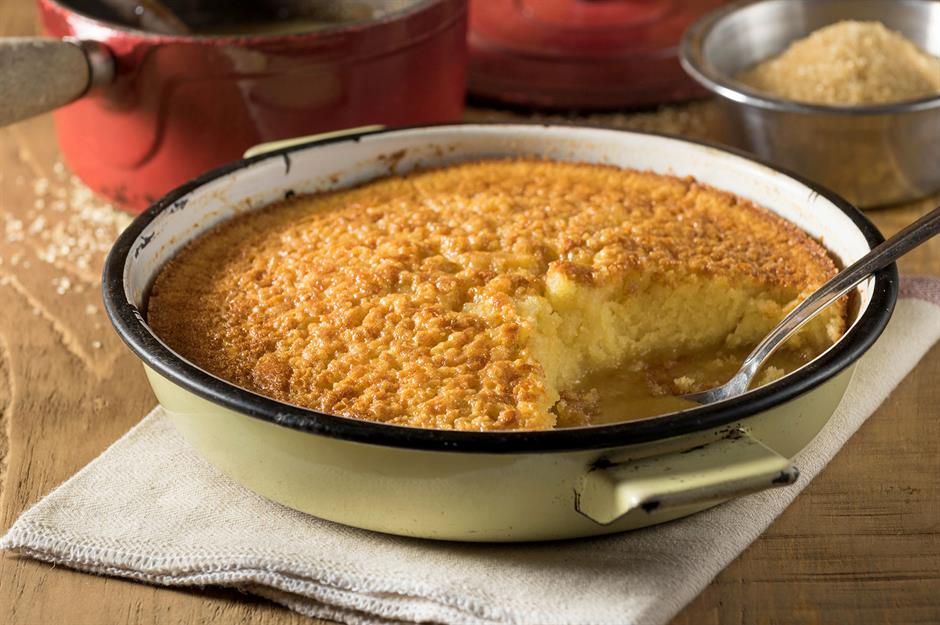
Invented in Quebec during the Great Depression, pouding chômeur means 'poor man's food' – but the dessert is one anybody would be happy to have. The ingredients are cheap and plentiful, and the dish is comforting and calorific, which was perfect for the era. It's basically a cake batter drowned in cream and maple syrup and then baked. The syrup sinks through the batter as it bakes, creating a caramelised bottom and a layer of delicious sauce.
9. Meatloaf
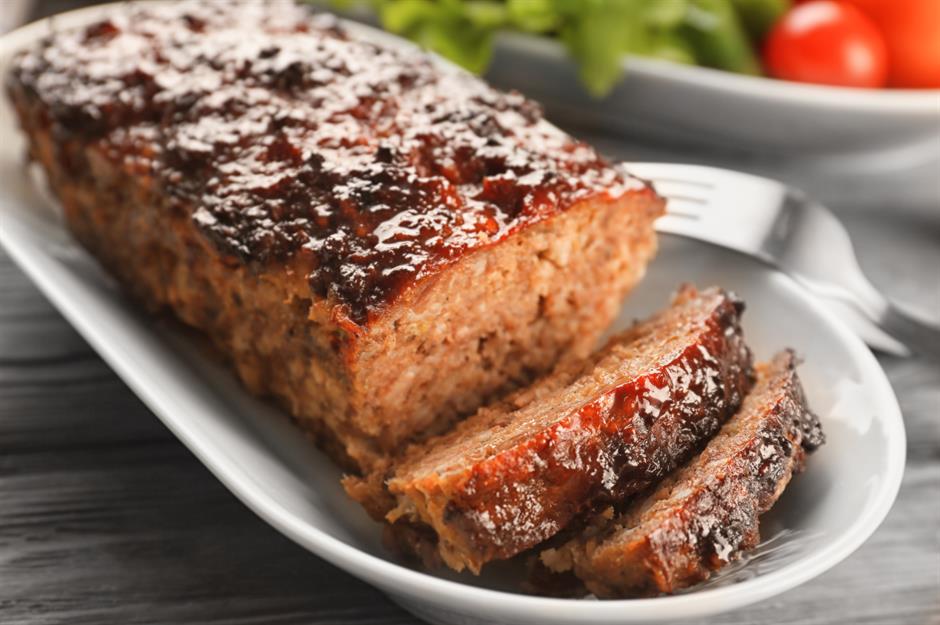
American meatloaf originally emerged as a terrine-like take on scrapple (a mix of pork and cornmeal dating back to the 1800s) and rose to legend-like status during the 1940s. Home cooks were urged to be more creative with their meat dishes, using cheaper, more available cuts and mixing them with extenders such as breadcrumbs and eggs. This US family classic turned minced meats, leftovers and kitchen scraps into a worthy substitute for a whole-joint roast. Best enjoyed sliced, drowned in gravy and served with heaps of mashed potato.
8. Panzanella
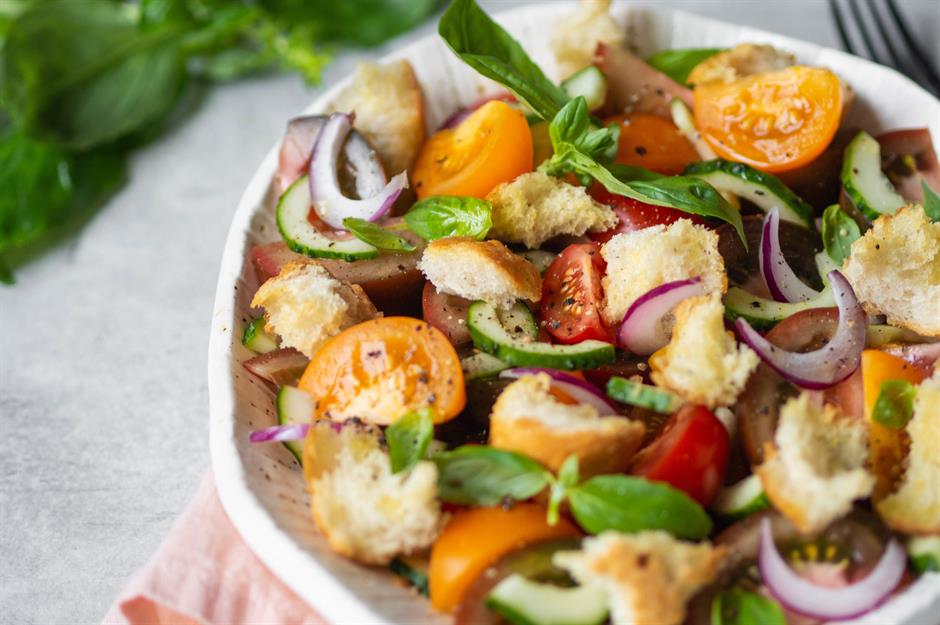
Italians are king when it comes to scraping together the scantest of ingredients and creating something incredibly delicious. That applies to stale food that many of us might have previously just shoved in the bin. The chunks of old bread used to make a classic panzanella are tossed with juicy tomatoes and olive oil to magically create summer on a plate. Peasant food at its best.
7. Carrot cake
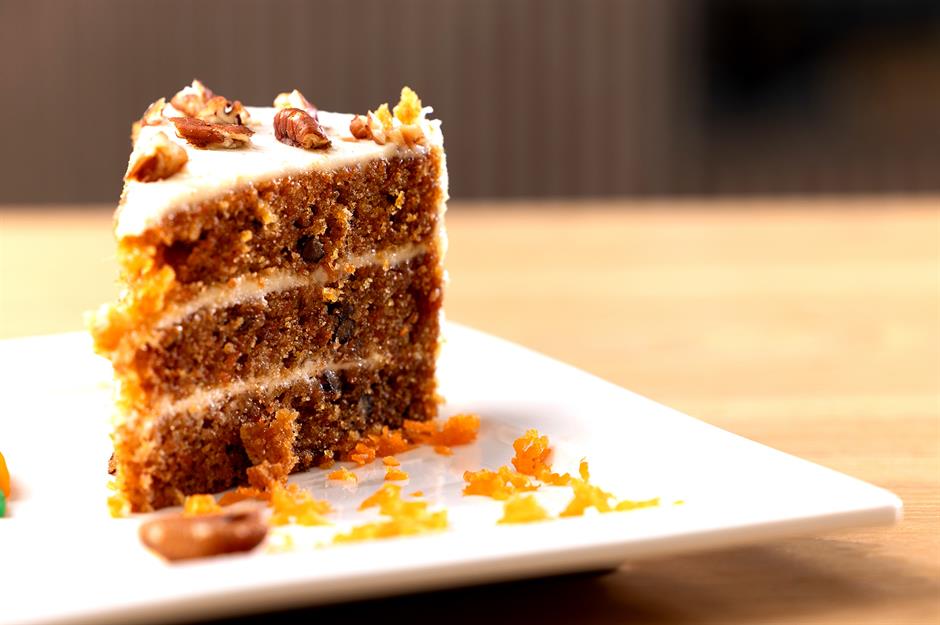
The earliest known recipe for carrot cake dates back to 1929 but, like so many once-frugal foods, it rose to its now legendary status during World War II. The natural sweetness of carrots made them a popular choice for stretching out sugar rations, and they were also used in Christmas puddings. The wartime carrot cake was a little less luxurious than today’s versions – often slathered in indulgent buttercream or cream cheese icing – but we’re still not above kidding ourselves that it’s sort of healthy.
6. Slugburger
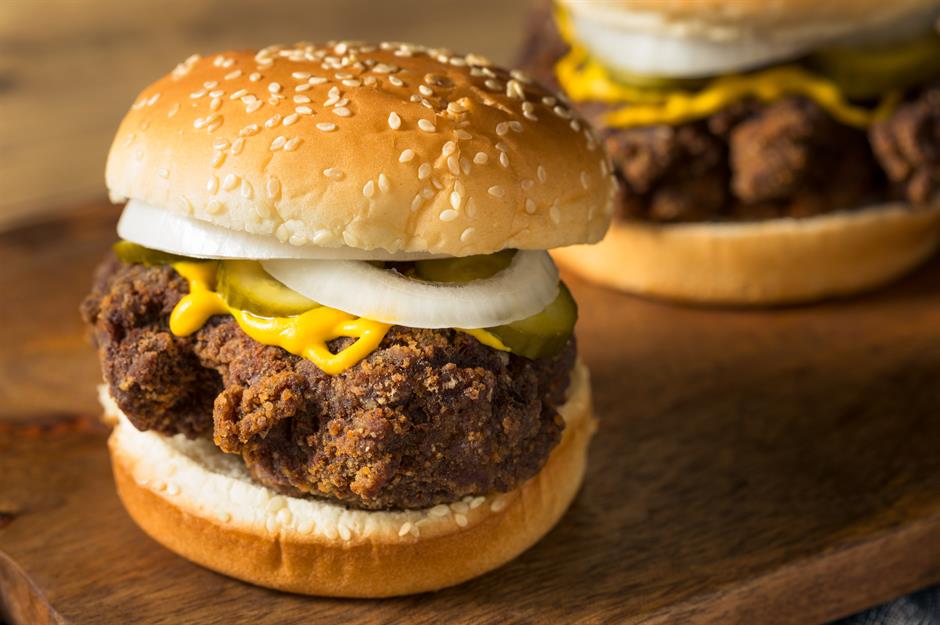
Thankfully, the slugburger isn’t quite so surreal – or slimy – as it sounds. A favourite that emerged during the Great Depression, it’s actually a beef or pork patty supplemented with potato flour and fried. It was a way for restaurant and diner owners to make their scant meat supplies stretch further, but the crispy texture – which gives way to soft, juicy meat – remains popular in America’s Southern states.
5. Hotdish
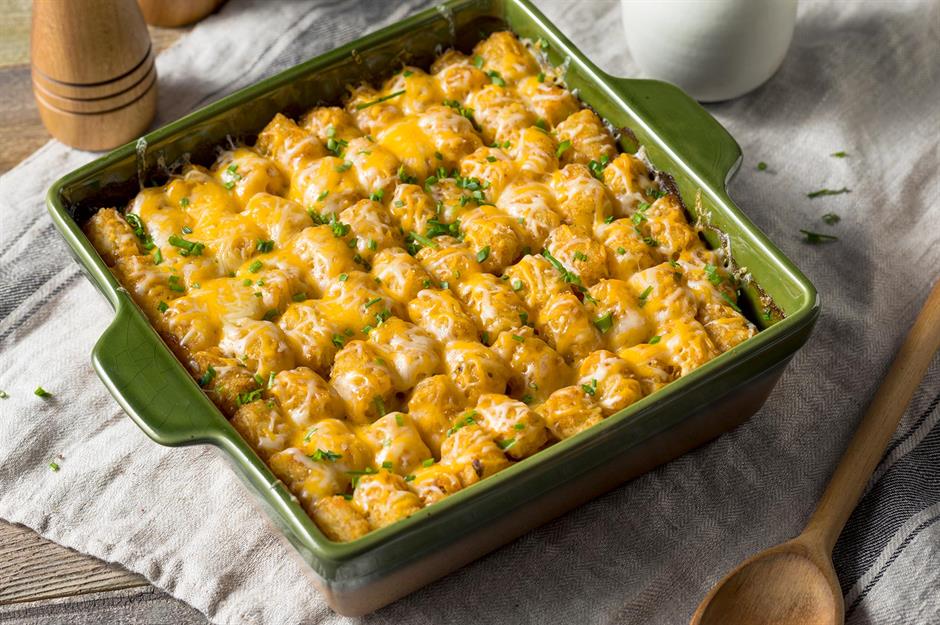
Minnesota became the birthplace of hotdish in the 1930s, but during World War II, hotdish took the US by storm. The US Food Administration launched a campaign called 'Food Will Win the War', urging families to get thrifty with their food. So this comforting casserole of meat, veggies and canned soup topped with potatoes or pasta became a kitchen classic for making those meals last longer. Then the 1950s brought along tater tots, and the hotdish changed forever. These days, cooks top their hotdishes with tater tots for another layer of crunch and texture.
4. Twinkies

Twinkies first came out in the US in the 1930s – with a banana cream filling. But its makers, Hostess, were faced with a dilemma when World War II meant bananas were pretty much off the menu. Instead of closing up shop, Hostess pivoted to a marshmallow cream filling and the new Twinkie proved to be an even bigger hit. The rest, as they say, is history.
3. Nutella

World War II created a scarcity of cocoa, but the Italians were lucky that a pastry maker called Pietro Ferrero was working in Piedmont. He invented a chocolatey paste from hazelnuts, sugar and a small amount of cocoa that he called Giandujot. It first hit the market in 1946, though the recipe and the name weren't perfected until 1964. After this, Nutella has only gone from strength to strength – a jar is reportedly sold every two and a half seconds.
2. Instant ramen
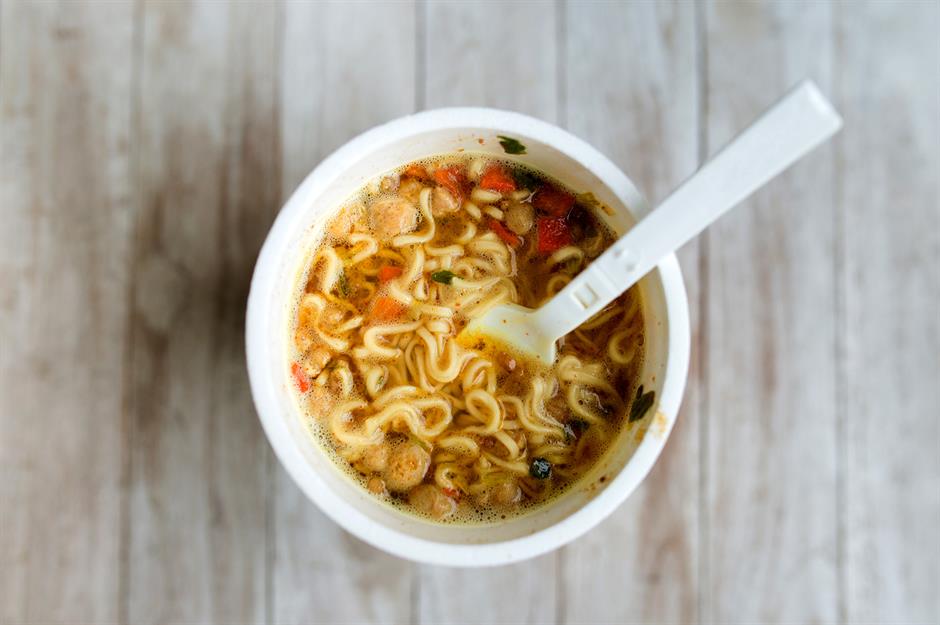
After World War II, food in Japan was so restricted that long lines formed for dishes as simple as ramen soup. Momofuku Ando, a former banker, wanted to do something about it and thought instant, mass-produced ramen could be the answer. He spent years developing the dish and finally, in 1958, chicken ramen–flavoured instant noodles hit shelves in Japan and caused a food revolution. The people of Japan even named instant ramen the best invention of the 20th century.
1. Fried onion burger
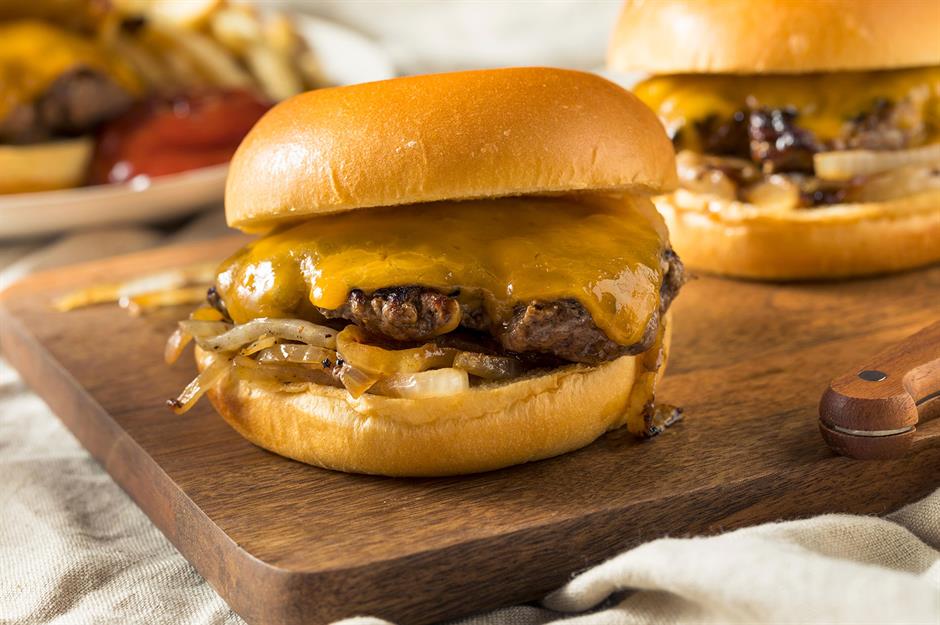
Oklahoma’s famous onion burger sees caramelised onions smashed into one side of a beef patty as it cooks, then topped with melted cheese. It was naturally born during the Great Depression, as cooks everywhere bulked out burger patties with cheaper extenders. Ross Davis of the Hamburger Inn in El Reno is the acknowledged creator of the dish, while the burger is perhaps now more popular than ever.
Now discover the best kitchen gadgets from every decade
Last updated by Luke Paton.
Comments
Be the first to comment
Do you want to comment on this article? You need to be signed in for this feature